The Helsinky subway improved their audio signage system by installing on demand and remotely activated audio beacons.
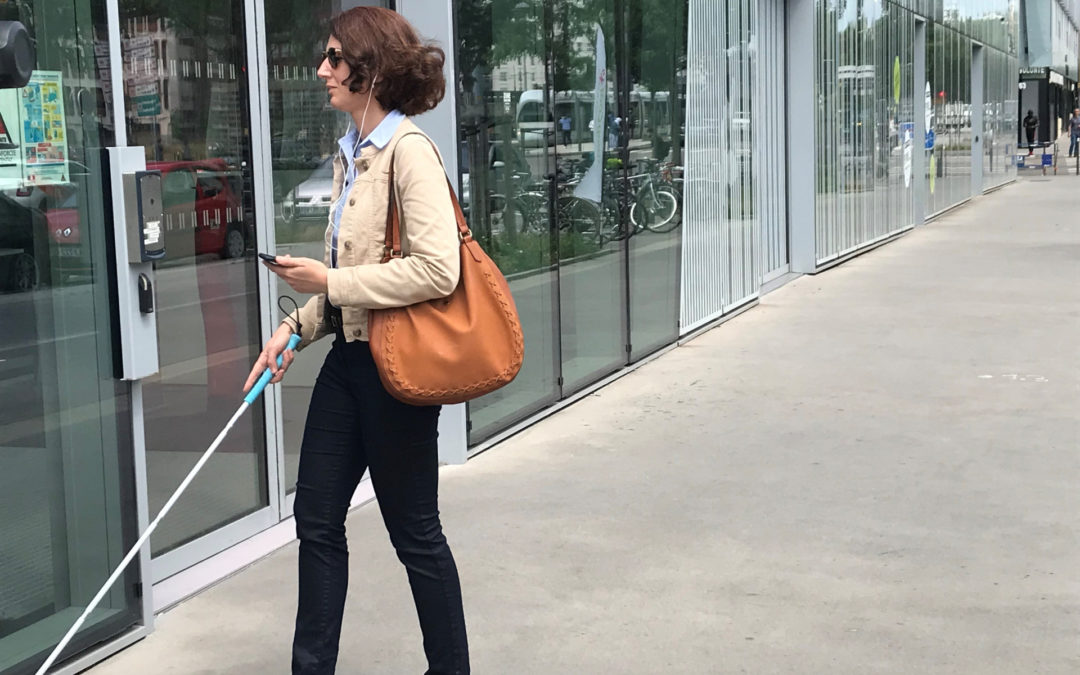
How to Create a Smart City for Blind and Visually Impaired People?
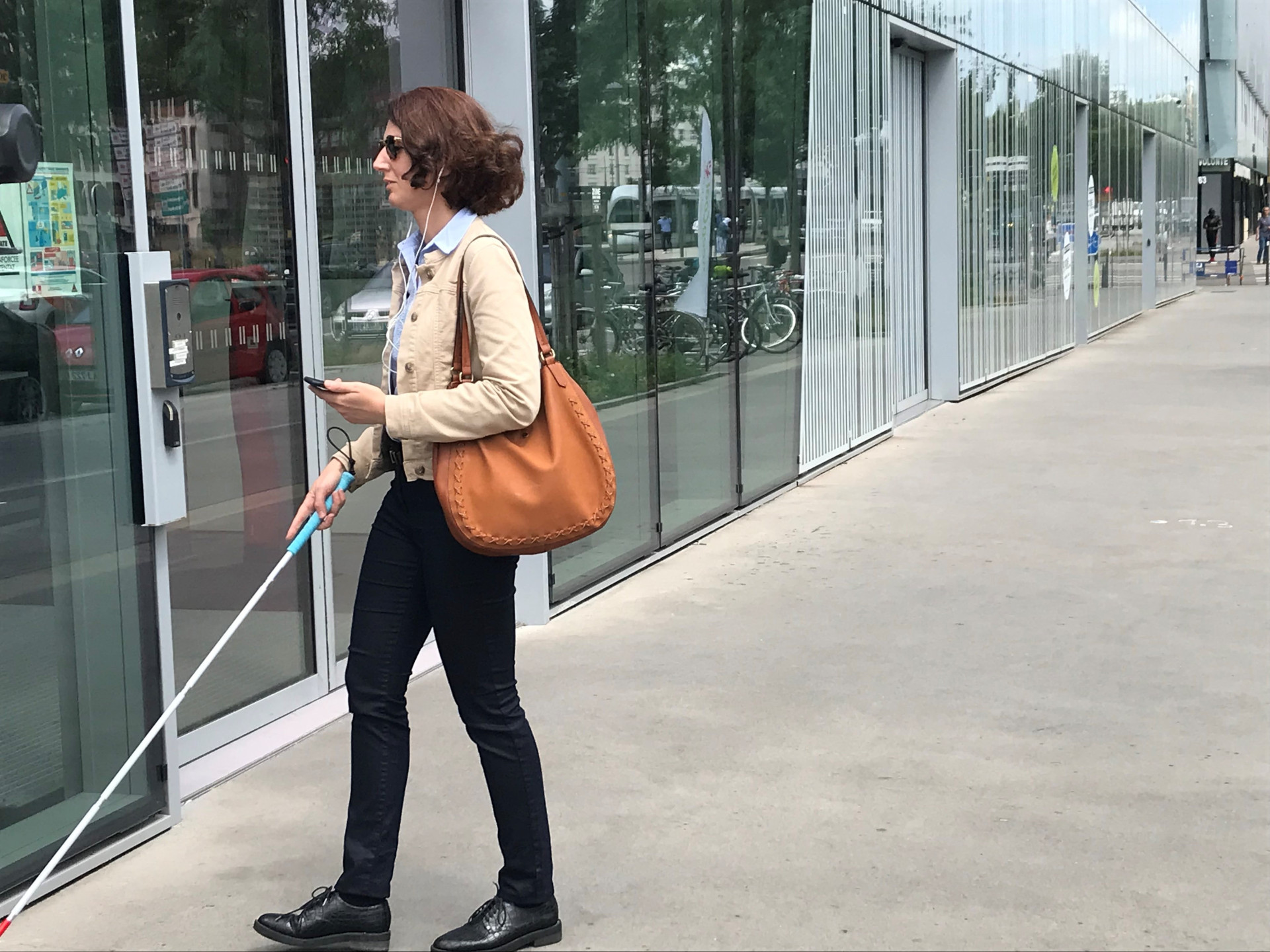
How to Create a Smart City for Blind and Visually Impaired People?
Une ville intelligente pour les personnes aveugles et malvoyantes leur simplifie la vie, notamment en matière de mobilité. Elles ont besoin de transports en commun efficaces, de savoir à quelle heure prendre le bus, de disposer d’itinéraires sans obstacle, d’activer facilement les feux piétons…
Concrètement, cela signifie qu’ils doivent être mieux connectés aux services opérationnels de leur ville. Et c’est précisément ce que fait une ville intelligente. Mais pour mieux répondre à leurs besoins, une ville intelligente doit être accessible et inclusive.
Comment une ville peut-elle être intelligente ? Comment concevoir une ville intelligente accessible ? Découvrons les solutions numériques qui connectent les personnes aveugles et malvoyantes à la ville intelligente !
Qu’est-ce qu’une ville intelligente ?
Une ville intelligente est avant tout une question de connectivité. Elle relie les habitants à leur ville. Quel est son objectif précis ?
En résumé, une ville intelligente est au service de ses habitants et de ses touristes. Son objectif est de leur simplifier la vie pour qu’ils puissent en profiter pleinement.
Mais qu’est-ce qui fait qu’une ville est intelligente ? Comment fonctionne une ville intelligente ?
Tout repose sur les technologies de l’information et de la communication (TIC) et l’Internet des objets (IoT). Une ville intelligente s’appuie sur la collecte de données auprès des habitants, des appareils, des bâtiments et des transports afin d’améliorer ses services opérationnels.
Cela signifie qu’une ville intelligente s’appuie sur la technologie pour mieux servir sa communauté . Par conséquent, une ville intelligente est efficace : elle offre aux usagers des transports en commun des informations en temps réel sur le trafic, les horaires, les itinéraires optimisés…
Pour nous, à Okeenea , une ville intelligente représente la porte d’entrée vers une ville plus accessible et inclusive . Après tout, si son seul objectif est d’aider ses citoyens à se déplacer plus facilement en ville, elle inclut les personnes handicapées.
Et dans cet article, nous nous concentrerons sur les personnes aveugles et malvoyantes qui ont besoin de se sentir en sécurité et libres de se déplacer avec plus de spontanéité et d’indépendance dans leur ville intelligente.
Comment concevoir une ville intelligente adaptée aux personnes aveugles et malvoyantes ?
Quelles solutions numériques pouvez-vous mettre en œuvre dans votre ville intelligente pour répondre aux besoins des personnes malvoyantes ? La mobilité étant l’un des enjeux les plus importants pour les personnes aveugles et malvoyantes , nous nous concentrerons sur cet aspect.
Voyons comment vous pouvez favoriser l’accessibilité et l’inclusion :
⊗ Bancs connectés : même notre mobilier urbain peut être intelligent. Un banc solaire connecté permet aux utilisateurs de recharger leur téléphone et d’accéder au Wi-Fi gratuit. Et bien sûr, ils peuvent également s’asseoir pour se reposer un moment. Une personne aveugle peut attendre à un arrêt de bus et utiliser le Wi-Fi pour connaître précisément l’heure d’arrivée du bus. Une solution simple pour accéder à l’information en temps réel.
Vous pouvez installer des bancs intelligents dans les parcs, les abribus, les places, les arènes, les centres commerciaux, les universités… Découvrez des fabricants comme EnGoPlanet , Strawberrye , SEEDiA …
⊗ Safe Smart CLE : une initiative lancée à Cleveland, dans l’Ohio, vise à remplacer les lampadaires par des LED. L’objectif est de réaliser des économies d’argent et d’énergie tout en garantissant la sécurité de tous les citoyens. Des caméras sont installées aux points chauds de la criminalité, dans les rues principales et aux intersections. Les LED bénéficieront aux personnes malvoyantes , car elles ont besoin d’un bon éclairage pour se déplacer en toute sécurité.
⊗ MaaS : un planificateur d’itinéraires regroupant tous les modes de transport. Les personnes aveugles et malvoyantes peuvent accéder en temps réel à des informations sur le trafic, les réseaux de transports en commun ou la mobilité partagée. La plateforme s’adapte aux besoins de l’utilisateur.
La mobilité en tant que service est née en Finlande mais est désormais mise en œuvre dans plusieurs villes européennes comme Madrid, en Espagne, Budapest, en Hongrie, Anvers, en Belgique… La ville de Pittsburgh, en Pennsylvanie, utilise depuis peu le MaaS.
⊗ Wayfindr : une technologie de navigation intérieure spécialement conçue pour les personnes aveugles et malvoyantes. Elle intègre une navigation audio pour supprimer les obstacles à l’accessibilité rencontrés dans les lieux publics.
Wayfindr est une organisation à but non lucratif basée à Londres, au Royaume-Uni. Il s’agit de la première norme internationalement reconnue pour la navigation audio accessible.
⊗ NaviLens : une application de navigation intérieure développée par une entreprise espagnole à Murcie. Les personnes aveugles et malvoyantes utilisent l’appareil photo de leur smartphone pour scanner des QR codes disposés au sol en suivant des indications tactiles.
Cette solution phygitale équipe principalement les réseaux de transports en commun de Murcie et de Barcelone.
⊗ Evelity : notre application de navigation intérieure a été conçue pour les personnes en situation de handicap. Elle s’adapte au profil de chaque utilisateur. Ainsi, Evelity fournit des instructions audio étape par étape aux utilisateurs aveugles et malvoyants, et permet aux utilisateurs ayant des handicaps et des capacités différents de la configurer selon leurs besoins.
Notre application d’orientation est idéale pour les lieux complexes où les déplacements peuvent être difficiles pour les personnes malvoyantes. Evelity équipe le métro de Marseille . Elle est actuellement testée par les New-Yorkais à la station JaySt-MetroTech .
Mais Evelity est également utile dans les musées : l’application guide les visiteurs aveugles et malvoyants d’une salle d’exposition à l’autre et leur fournit des informations contextuelles sur les œuvres. Elle fonctionne comme un outil de médiation culturelle. La Maison Victor Hugo à Paris a choisi Evelity pour offrir à ses visiteurs une expérience unique et interactive .
Et c’est exactement à cela que servent les solutions phygitales.
Qu’est-ce qu’une expérience phygitale et comment peut-elle améliorer l’accessibilité de votre lieu ?
⊗ aBeacon : un feu piéton accessible , également développé chez Okeenea. Il collecte des données pour les villes intelligentes afin de connaître le nombre de fois où les personnes aveugles et malvoyantes l’ont activé. L’ouverture des données est également essentielle pour que les piétons malvoyants sachent quels passages piétons sont équipés de feux piétons accessibles . Ces informations leur permettent de créer leurs propres itinéraires accessibles. De plus, aBeacon peut être activé selon trois modes différents : un simple bouton-poussoir, une télécommande et une application pour smartphone .
La télécommande et l’application pour smartphone réduisent la pollution sonore, car aBeacon ne s’active qu’en cas de nécessité. Une activation à distance et à la demande permet aux personnes aveugles et malvoyantes de mieux repérer le début du passage.
Ce feu piéton accessible et innovant est actuellement testé sur un passage piéton de New York. Les premiers témoignages utilisateurs sont très positifs. Les piétons aveugles et malvoyants apprécient les différents modes d’activation du feu aBeacon.
Pourquoi aBeacon change-t-il la donne en matière de signalisation piétonne accessible ?
⊗ Balises audio NAVIGUEO+ HIFI : situées à des points d’intérêt comme l’entrée d’une station de métro ou d’un lieu public, elles fournissent des informations pratiques aux personnes malvoyantes. Elles peuvent ainsi mieux localiser l’entrée d’un bâtiment. Tout comme aBeacon, ces balises audio que nous avons conçues sont déclenchables par une télécommande et une application smartphone.
L’exemple de Marbourg : une ville intelligente pour les personnes aveugles et malvoyantes
Vous n’avez peut-être jamais entendu parler de Marbourg, en Allemagne, mais cette ville illustre parfaitement la manière dont les villes intelligentes peuvent améliorer l’accessibilité et l’inclusion. Elle est souvent surnommée la Mecque des aveugles par les journaux.
Cette ville intelligente a été conçue en tenant compte des besoins des personnes aveugles et malvoyantes. Elle a mis en œuvre :
⊗ Feux de circulation qui bipent,
⊗ Arrêts de bus parlants,
⊗ Signaux tactiles de dangers ou d’obstacles,
⊗ Cartes et plans d’étage en relief,
⊗ Menus en braille dans les restaurants…
Toutes ces solutions permettent aux personnes aveugles et malvoyantes de profiter pleinement de leur ville intelligente. Mais la clé de leur succès réside dans la promotion d’une culture où les habitants sont habitués à interagir les uns avec les autres, quels que soient leurs handicaps et leurs capacités.
L’acceptation culturelle des personnes aveugles et malvoyantes a rendu la ville intelligente de Marbourg unique dans son approche. Cela prouve qu’en intégrant l’accessibilité et l’inclusion à la conception d’une ville intelligente, on crée une ville centrée sur le bien-être de ses habitants.
Pourquoi une ville intelligente pour les personnes aveugles et malvoyantes deviendra-t-elle la nouvelle norme ?
Cette question est en réalité complexe. Une ville intelligente qui répond aux besoins des personnes aveugles et malvoyantes doit devenir la norme. Mais elle doit en faire autant pour toutes les personnes en situation de handicap. Nous serons encore plus inclusifs : une ville intelligente doit s’adapter à tous, qu’ils soient à mobilité réduite ou non.
Puisque nous nous concentrons ici sur la mobilité des personnes malvoyantes dans une ville intelligente, explorons les difficultés auxquelles elles sont confrontées :
⊗ Naviguer sur des itinéraires comportant des obstacles ou des barrières (lorsqu’il y a des travaux de voirie par exemple),
⊗ Traverser la rue lorsqu’il n’y a pas de signalisation piétonne accessible,
⊗ Repérer le début du passage pour appuyer sur le bouton poussoir afin d’actionner l’APS,
⊗ Localiser l’entrée d’un bâtiment,
⊗ Localiser l’entrée d’un bus ou de tout autre transport en commun,
⊗ Accéder aux informations sur les horaires des transports en commun, la circulation… quand elles ne sont pas vocalisées,
⊗ Se déplacer dans une rue partagée ,
⊗ Se déplacer dans un lieu complexe…
Une ville intelligente permet aux personnes aveugles et malvoyantes de se déplacer facilement. Nous avons évoqué précédemment la manière dont elle collecte des informations et des données. Les données ouvertes concernant les travaux de voirie peuvent leur être utiles. Elles peuvent ainsi identifier les voies bloquées et créer leur propre itinéraire sans obstacle pour mieux se déplacer en ville.
Découvrez-en plus sur leurs déplacements en ville avec notre article :
Piétons aveugles : quelles sont leurs difficultés lorsqu’ils traversent la rue ?
Les États-Unis comptent environ 12 millions de personnes souffrant de déficience visuelle . Ce chiffre ne couvre même pas l’ensemble du comté de Los Angeles. Nous ne pouvons plus nous permettre de créer des villes où une partie de ses habitants peinent à se déplacer et vivent dans l’inconfort.
Il est temps de promouvoir l’accessibilité et l’inclusion pour concevoir une ville intelligente où les personnes aveugles et malvoyantes peuvent facilement se déplacer. La ville doit s’adapter à elles, et non l’inverse.
Vous souhaitez en savoir plus sur les solutions numériques pour les personnes malvoyantes ? Consultez ces articles :
Le smartphone : une révolution pour les aveugles et les malvoyants !
Publié le 12 août 2022
media
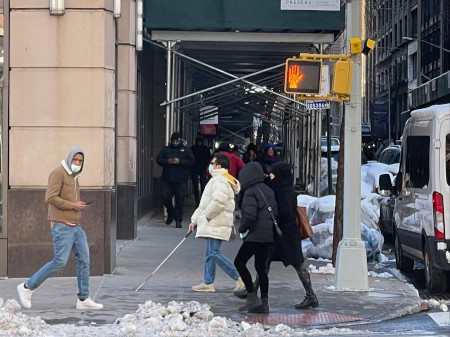
Cultural acceptance of the blind and visually impaired people made the smart city of Marburg unique in its approach. This proves that from the moment you integrate accessibility and inclusion into the conception of your smart city, you create a city focused on the wellbeing of its residents.
writer

Carole Martinez
Content Manager
stay updated
Get the latest news about accessibility and the Smart City.
other articles for you
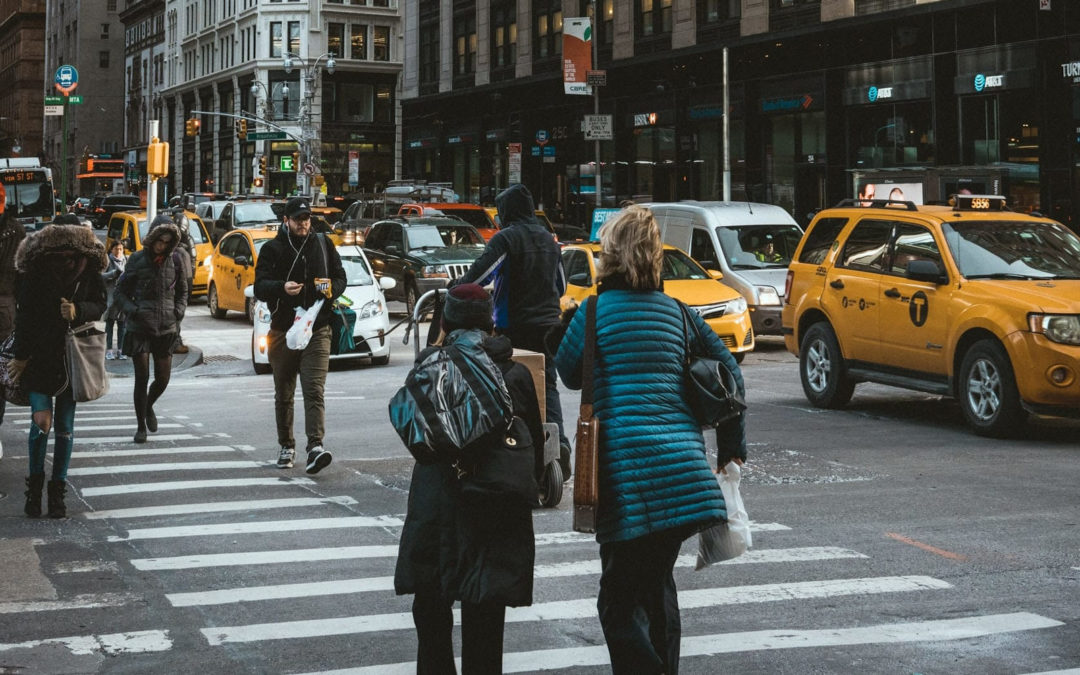
How to Create a Smart City for Deaf and Hearing Impaired People?
From the conception of your smart city, take into account the difficulties met by people with hearing impairments. The smart city needs to be exemplary in terms of accessibility.

How to Create a Smart City for Blind and Visually Impaired People?
A smart city represents the gateway for a more accessible and inclusive city. Its sole purpose is to serve its citizens, including those with visual impairments.
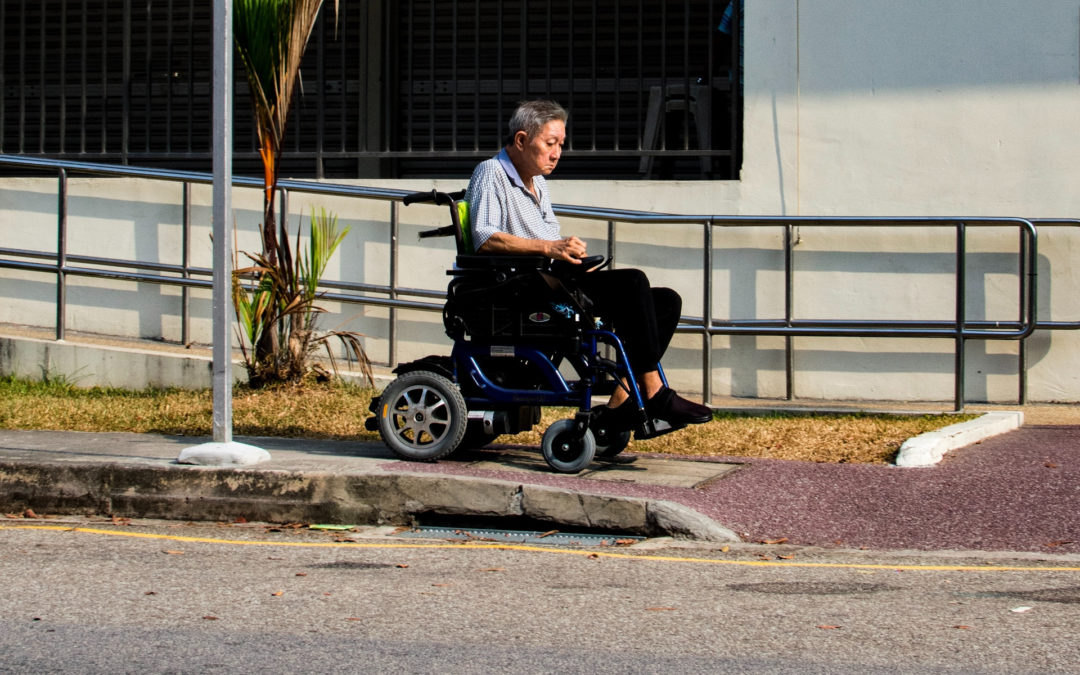
How to Create a Smart City for People with Physical Disabilities?
A smart city for people with physical disabilities takes into account their needs. Especially regarding their mobility.
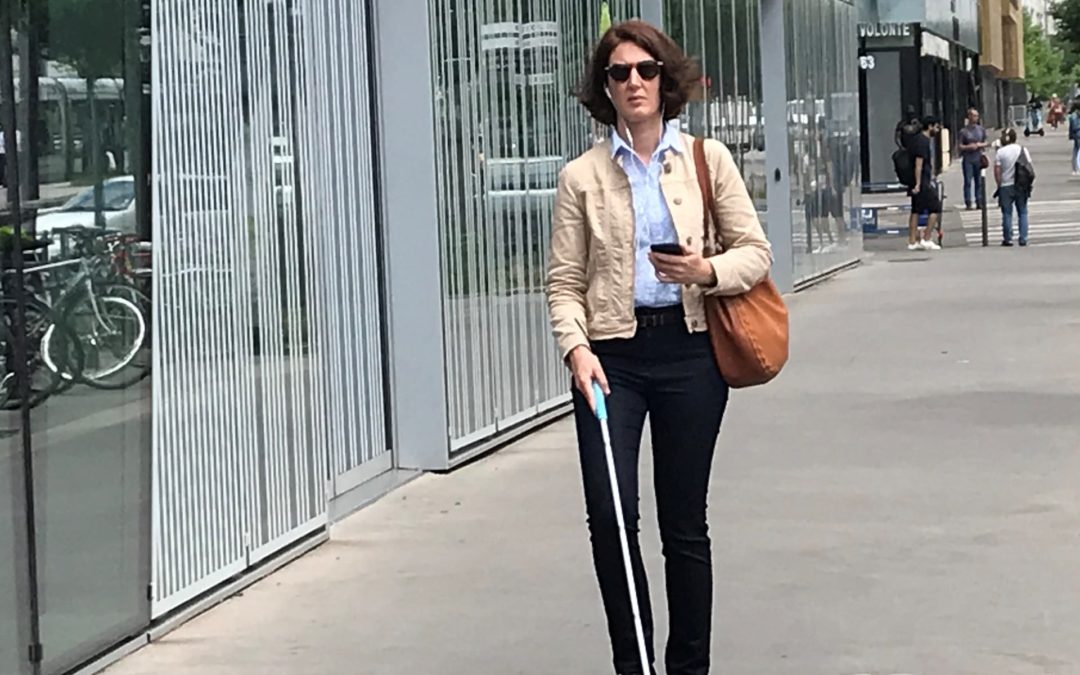
Assistive Technology for People with Disabilities: Is Human Assistance Really Obsolete for Their Mobility?
When getting around or finding their bearings in a complex venue, assistive technology can often replace human assistance.
share our article!
more articles
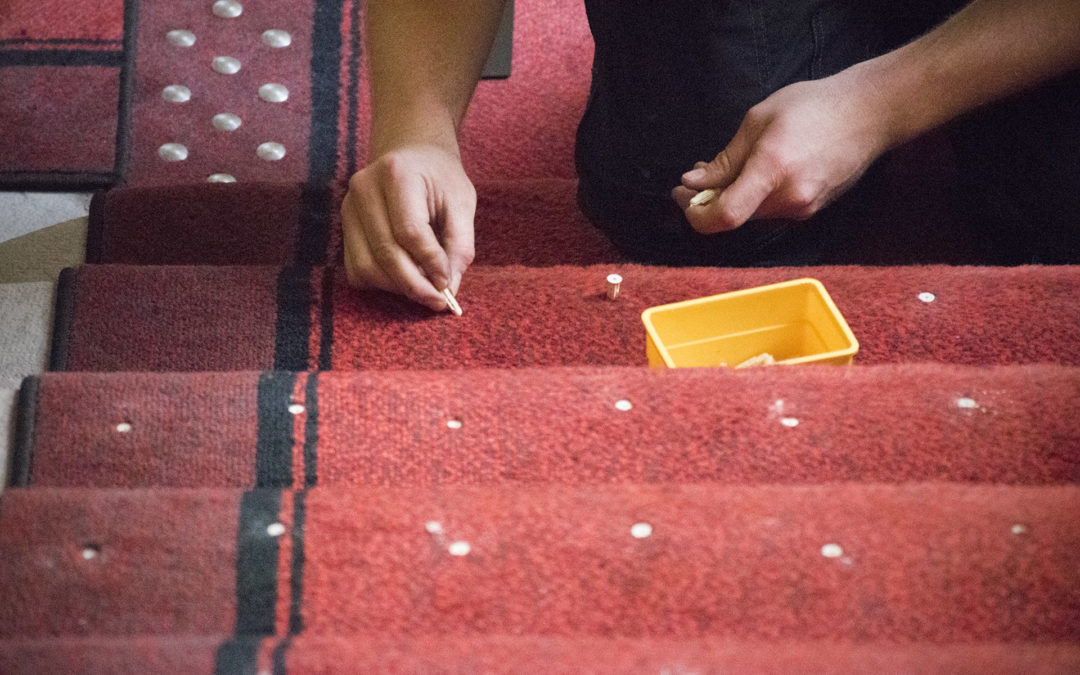
8 Clichés on Accessibility for Blind and Visually Impaired People
8 Clichés on Accessibility for Blind and Visually Impaired People What do people with a visual impairment need? Why are accessibility regulations so strict regarding visual and tactile contrasts, fall prevention and signage? You’ll discover in this article a few...
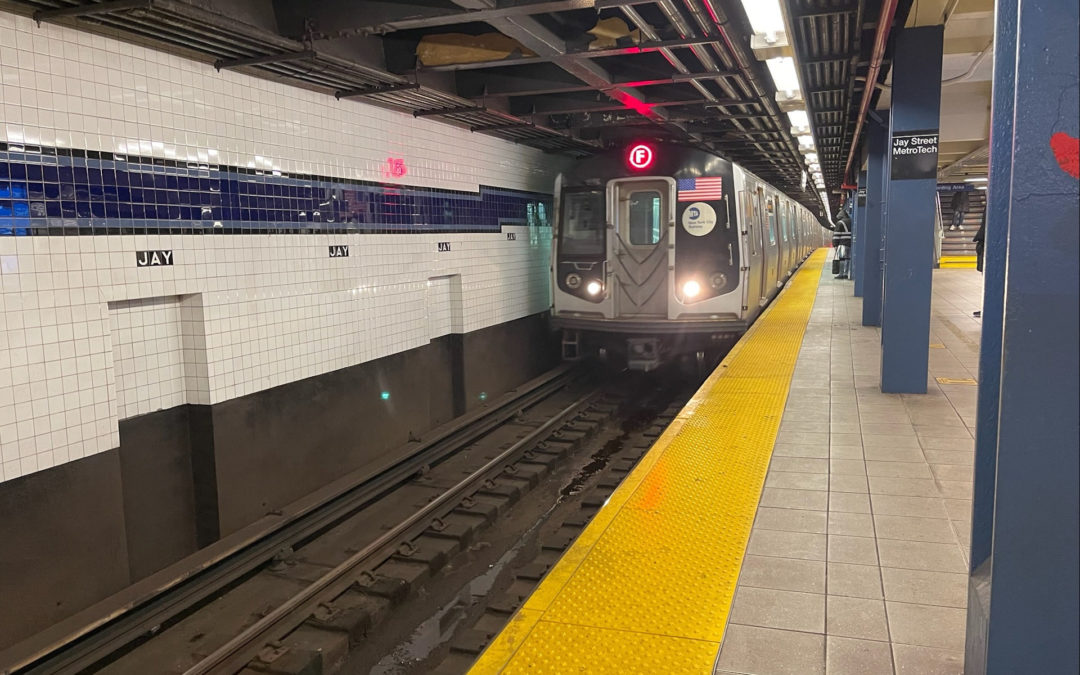
How to Foster Inclusive Mobility at Public Transit?
How to Foster Inclusive Mobility at Public Transit?Vous avez probablement entendu parler de mobilité inclusive, mais savez-vous ce que cela signifie concrètement ? Pour les transports publics du monde entier, cette notion prend de plus en plus d'importance et devient...
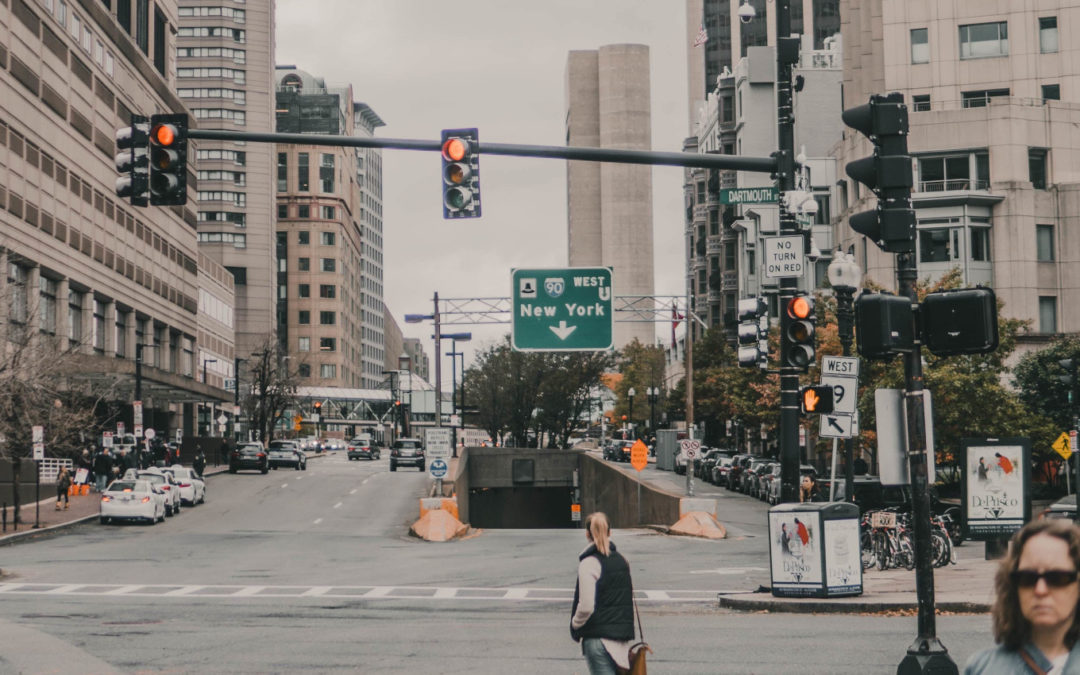
At What Intersections Should You Install Accessible Pedestrian Signals?
At What Intersections Should You Install Accessible Pedestrian Signals? When you install accessible pedestrian signals, you first need to ask yourself where exactly they are needed. Are there any intersections blind and visually impaired pedestrians particularly...

Invisible Disabilities: 80% of Disabled People Are Concerned!
Invisible Disabilities: 80% of Disabled People Are Concerned! Having a disability = using a wheelchair. That’s one persisting cliché! Actually, only 2% of people with disabilities are wheelchair users but 80% have invisible disabilities! What we mean by “invisible...
NEVER miss the latest news about the Smart City.
Sign up now for our newsletter.
Unsubscribe in one click. The information collected is confidential and kept safe.
powered by okeenea
The French leading company
on the accessibility market.
For more than 25 years, we have been developing architectural access solutions for buildings and streets. Everyday, we rethink today’s cities to transform them in smart cities accessible to everyone.
By creating solutions ever more tailored to the needs of people with disabilities, we push the limits, constantly improve the urban life and make the cities more enjoyable for the growing majority.


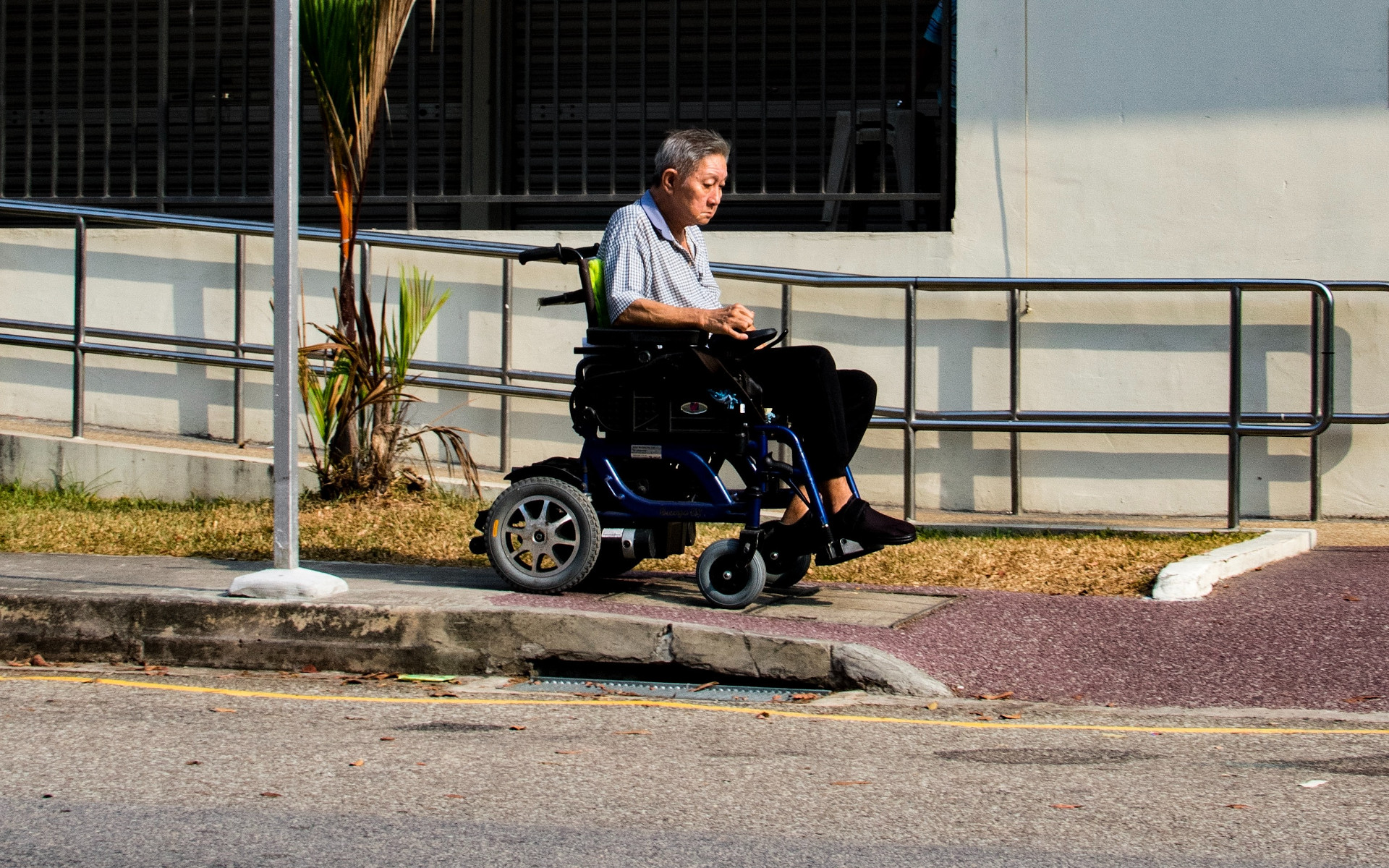
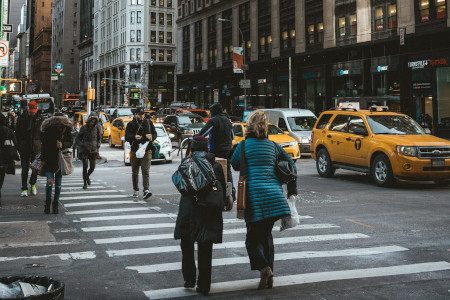
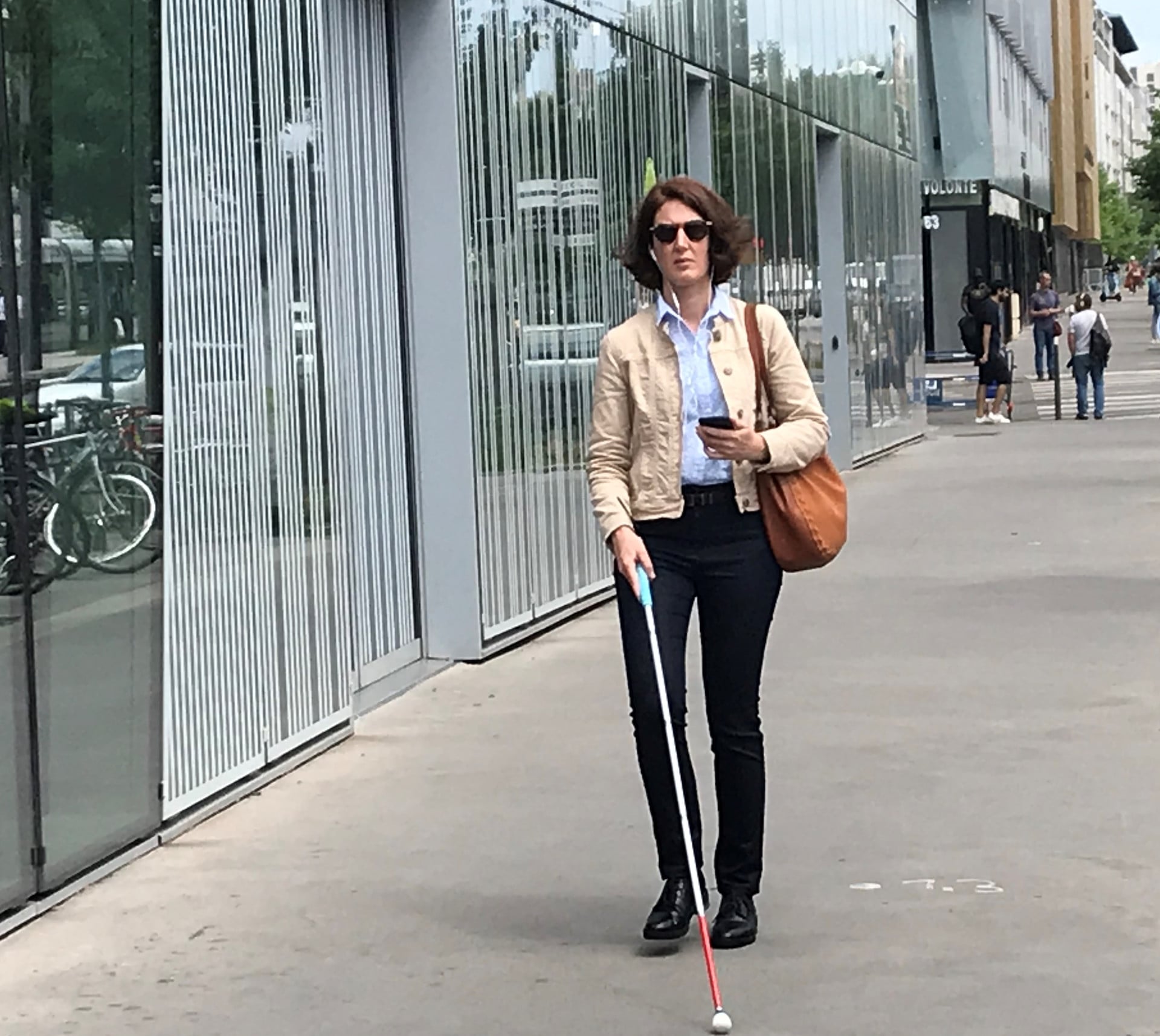

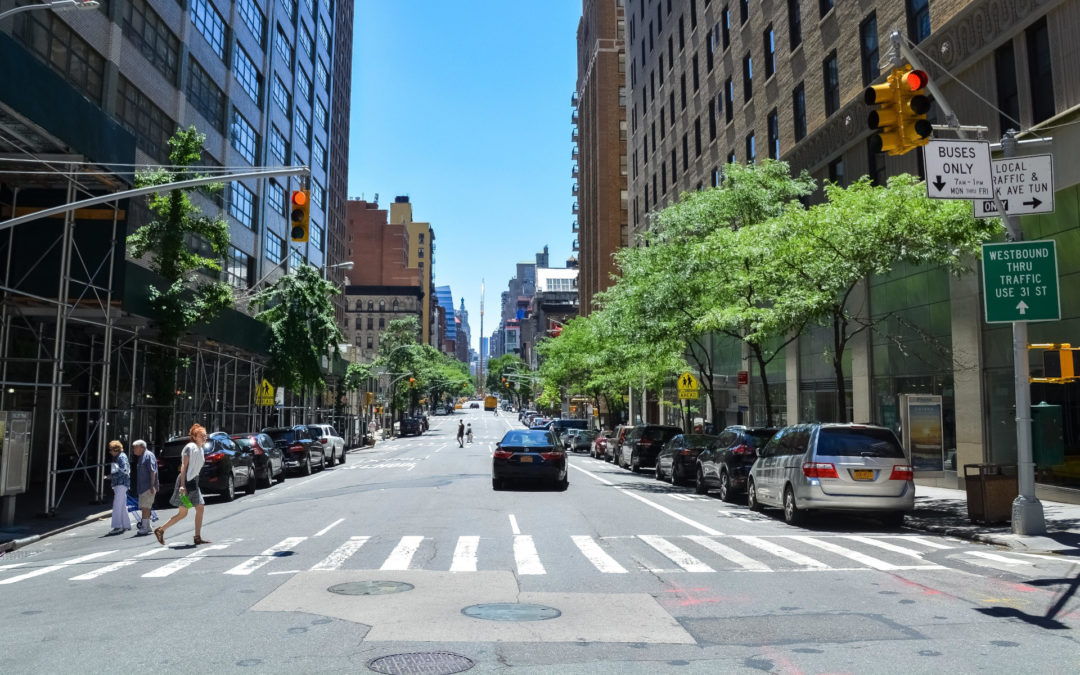
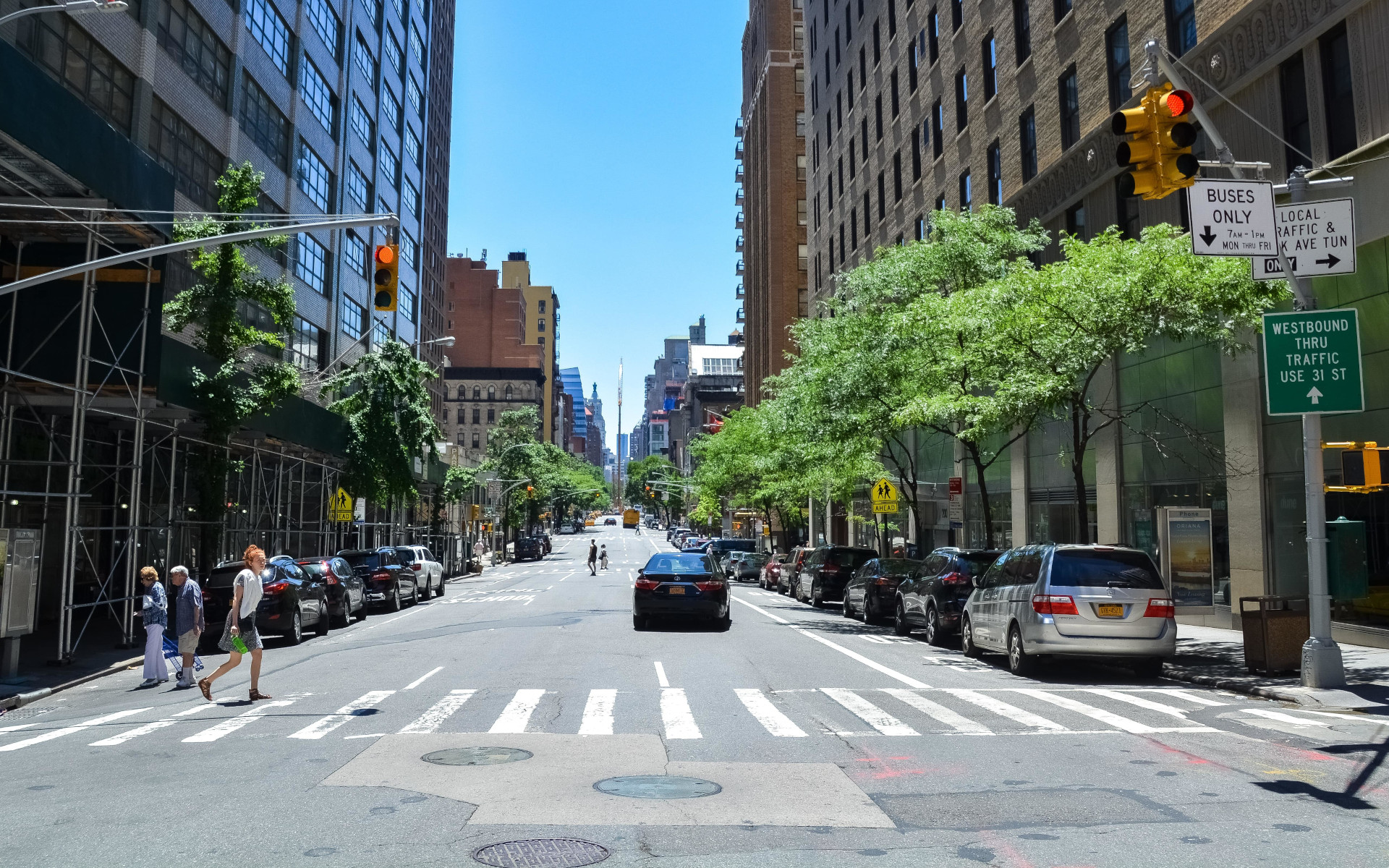
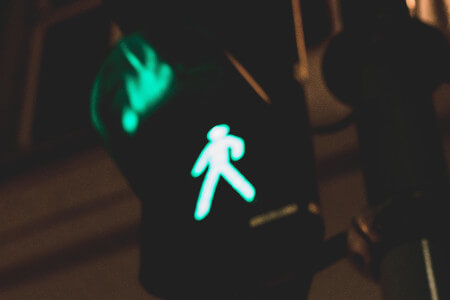
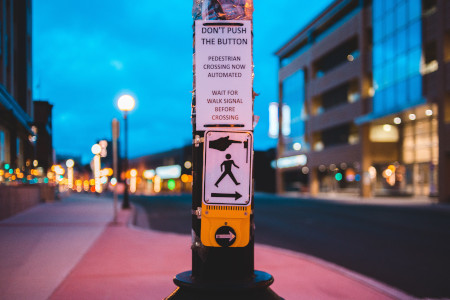

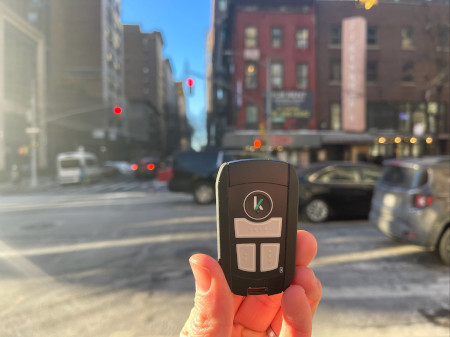
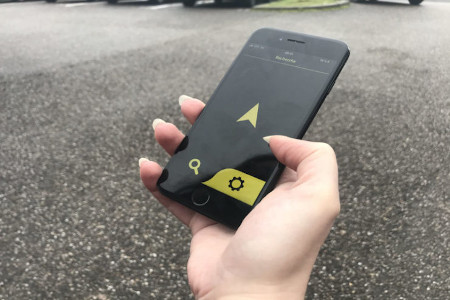

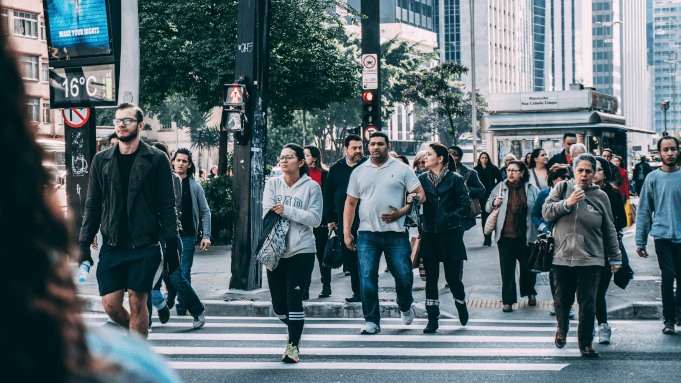
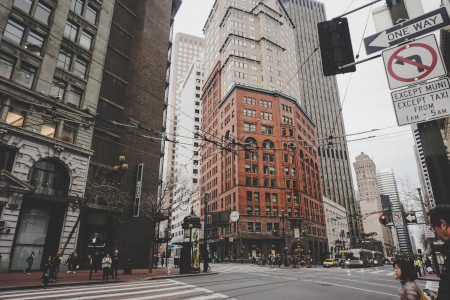
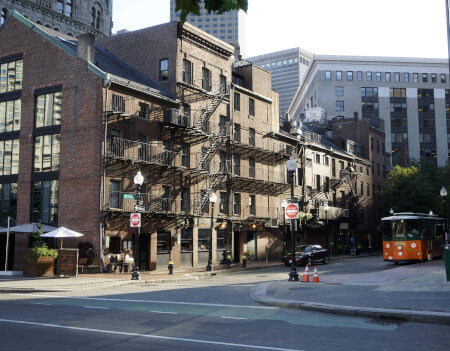
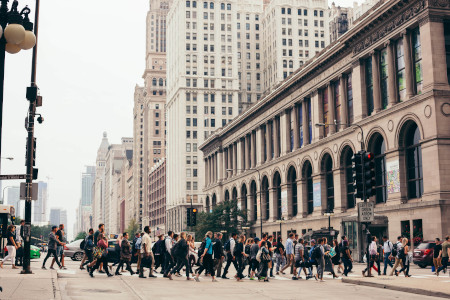
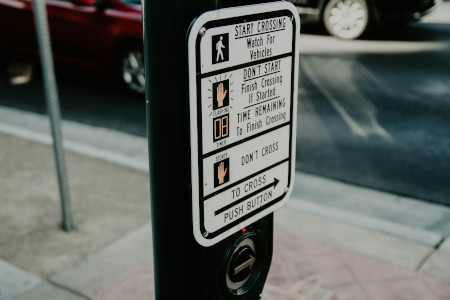
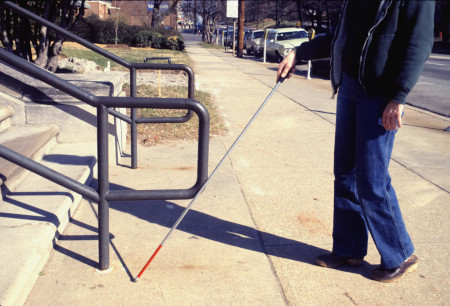
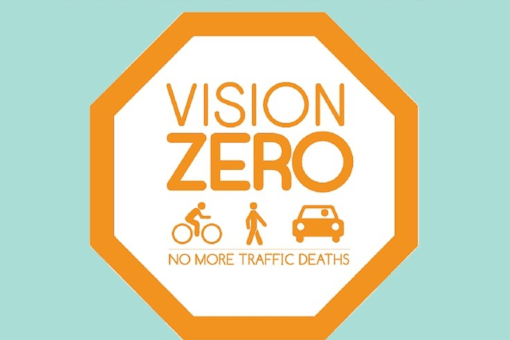
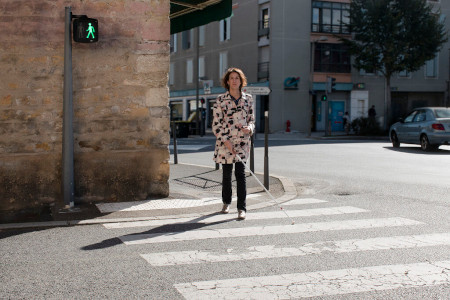
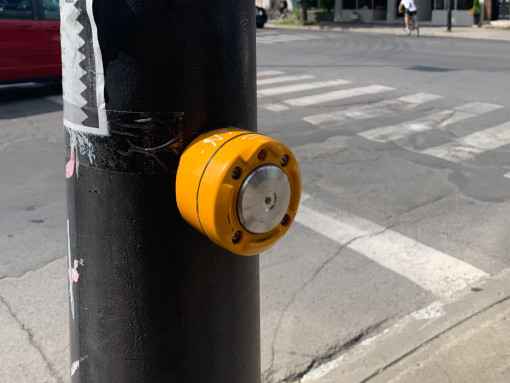
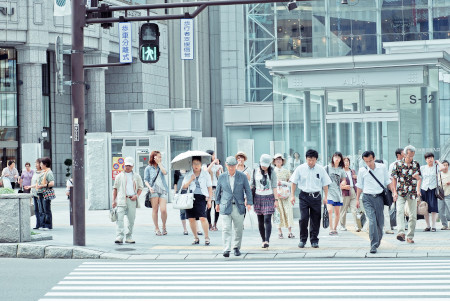

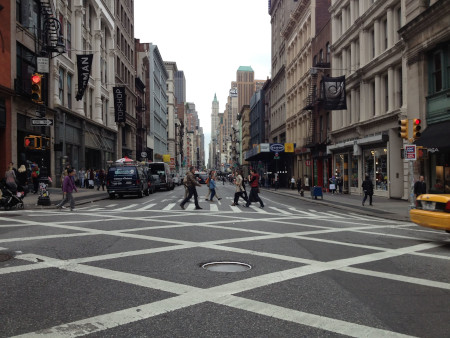

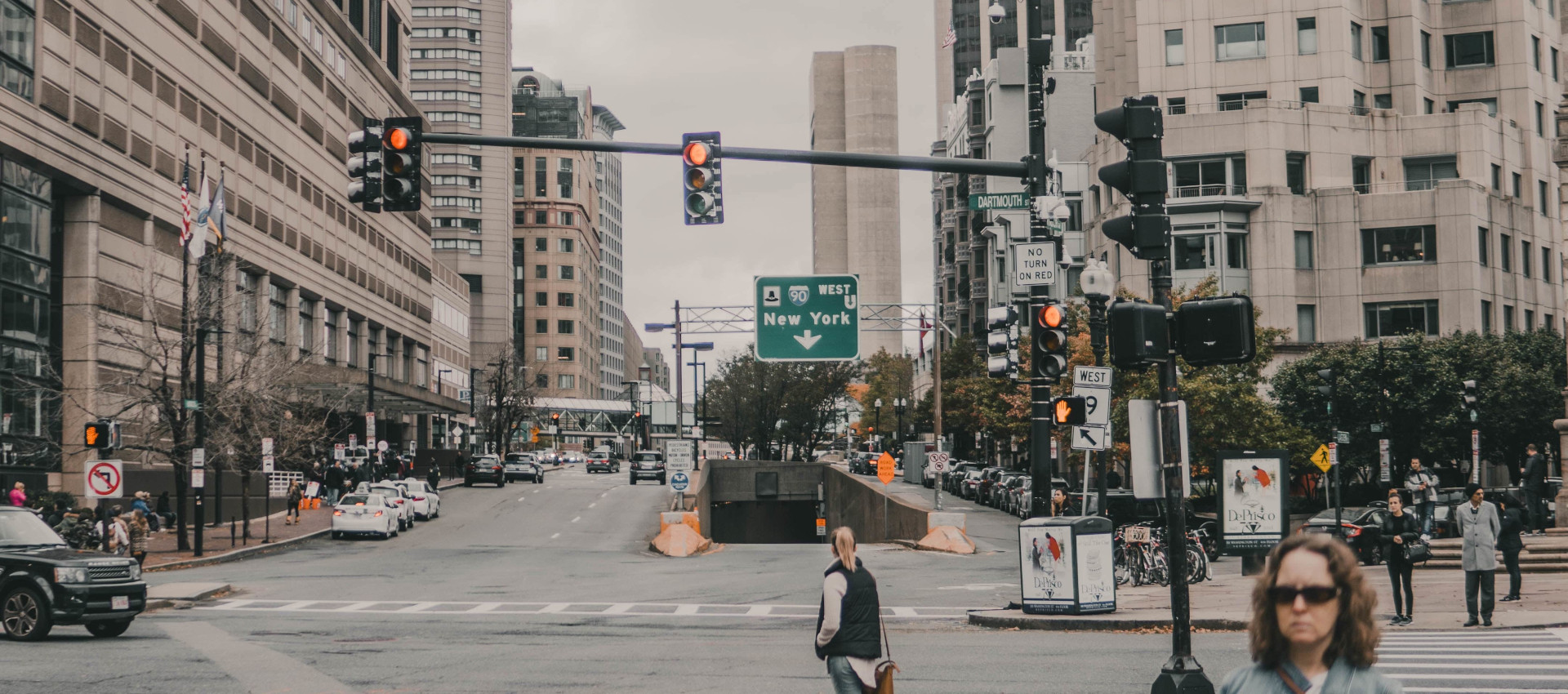
Recent Comments